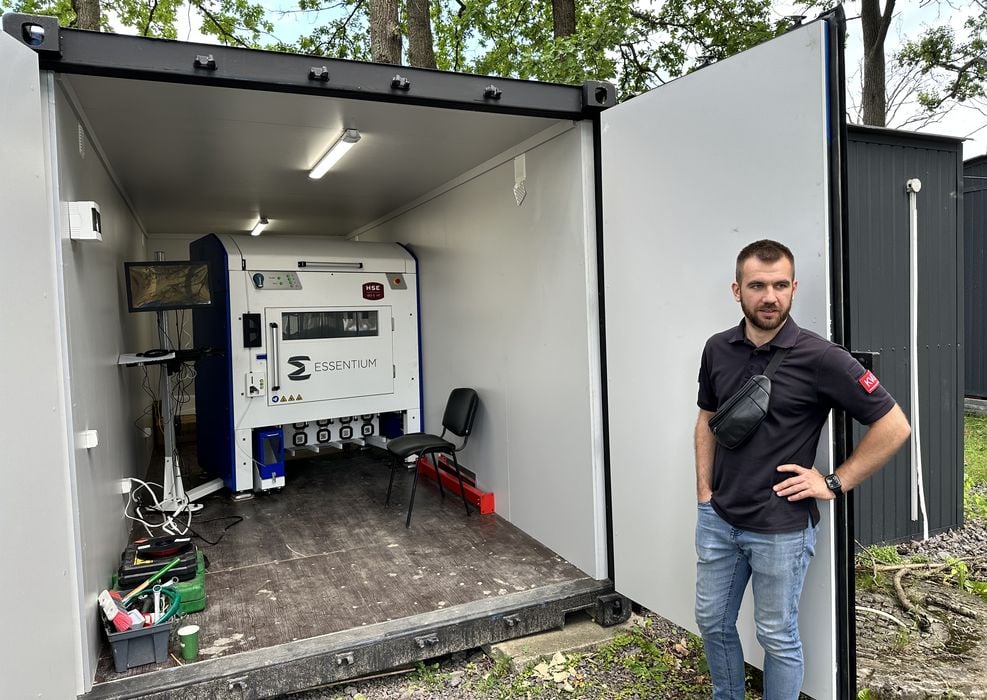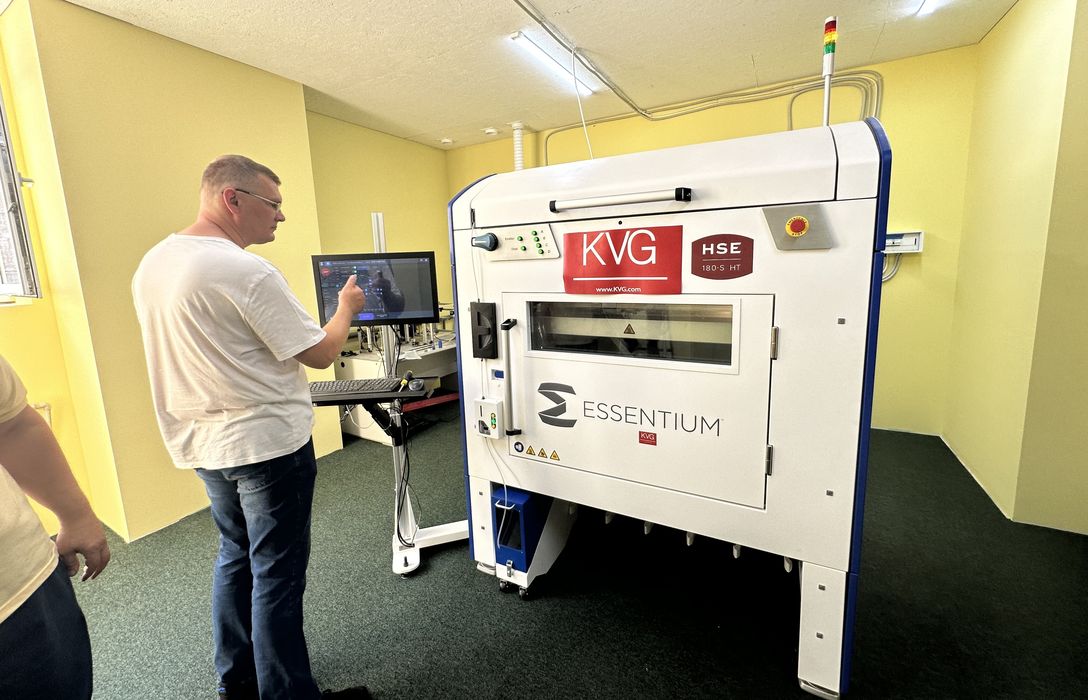
Essentium announced a very unusual deployment of their additive manufacturing equipment — in Ukraine.
We’ve all been following the events in that country for now over 600 days, with the West strongly supporting the country in its struggle against Russia. While most Western companies have abandoned their Russian operations, others have organized ways to expand their business into Ukraine.
Add Essentium to that list.
The company has been quite active in the military space, having obtained a variety of certifications for their equipment, as well as developing a number of materials ready for military production. Now it seems all that effort is being put to a live test.
Essentium partnered with KVG, a logistics company specializing in deploying equipment and personnel into tricky situations, of which Ukraine would qualify. The company provides services for systems integration, procurement, sourcing, freight forwarding, mission support, program management and — surprisingly — “additive solutions”.
That last point is very likely their partnership with Essentium.
The two companies were able to successfully deploy an unknown number of Essentium’s HSE systems to “various locations” and “directly to the frontlines” across Ukraine. Apparently this was accomplished in only 96 hours after approval, showing how capable KVG can be to get projects completed swiftly.

KVG and Essentium also provided training to Ukrainian military personnel to ensure they were able to operate the equipment.
But for what purpose? What, exactly, are these machines doing? Essentium explains:
“These advanced 3D printers will help bolster Ukraine’s defense response capability by enabling the rapid production of a diverse range of mission-critical parts and equipment, including specialized tools and replacement military hardware.”
Note that this project didn’t simply air-drop a bunch of 3D printers into a war zone. They also set up a comprehensive supply chain operation to ensure the equipment is fueled with material, support and spare parts as required.
The equipment will allow Ukraine to produce a wide variety of polymer parts they require for essential military operations. While the country already makes considerable use of desktop 3D printers, the HSE equipment will take that capability to a new level as more advanced engineering materials can be used to build stronger parts for more applications.
I suspect that the Ukrainians will also use this capability for a digital inventory solution: as spare parts are required for military equipment, they would access a digital library of 3D models to quickly print the replacements. This approach would eliminate the need for production line setup, and drastically shorten shipping times.
The parts will get where they’re needed, and quickly.
If all this can be done in only 96 hours, this shows how truly powerful additive manufacturing can be: imagine setting up a significant manufacturing capacity over a long weekend. That’s what was done in Ukraine, and it can be done elsewhere, too.
Via Essentium
